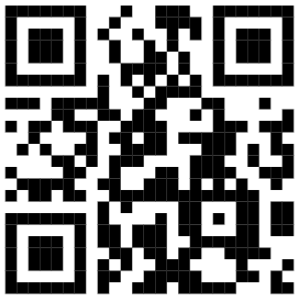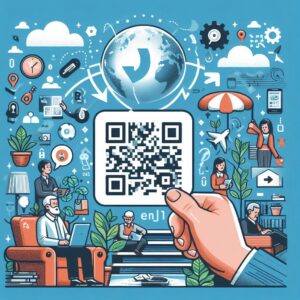In the realm of digital identification and data capture, both Quick Response (QR) codes and traditional barcodes serve essential roles, but they cater to different needs and functionalities. Understanding the distinctions between QR codes and barcode scanners illuminates their respective applications and impacts across various industries.
1. Origins and Basic Functionality
QR Codes: Developed in 1994 by Denso Wave, a subsidiary of Toyota, QR codes were initially designed for tracking vehicles during manufacturing. Unlike traditional barcodes, QR codes can store significantly more data—up to several hundred times more—due to their two-dimensional structure. They consist of black modules arranged in a square grid on a white background, and their encoding can include URLs, text, contact information, or other types of data.
Barcodes: Barcodes have been in use since the 1970s and are linear symbols composed of a series of black and white bars. They were initially created to automate the checkout process in retail environments. Barcodes are typically limited in the amount of data they can store, primarily numerical or alphanumeric information. They require a linear barcode scanner to read the information contained in the bars.
2. Scanning Technology
QR Codes: QR codes are scanned using a smartphone camera equipped with QR code scanning capabilities. Most modern smartphones can read QR codes natively through their camera apps, or users can download dedicated QR code scanner apps. This ease of access has contributed to the widespread adoption of QR codes in various applications, including marketing, payments, and logistics.
Barcodes: Traditional barcodes require specialized barcode scanners that use laser or LED technology to read the reflected light patterns from the bars. These scanners are common in retail settings and other environments where precise and rapid scanning of product information is necessary.
3. Data Capacity and Applications
QR Codes: Due to their ability to store more data, QR codes are versatile and used in a wide range of applications beyond simple product identification. They can encode URLs for website links, vCard information for contact details, Wi-Fi credentials for easy network access, and even payment information for transactions. QR codes are extensively used in marketing campaigns, ticketing systems, inventory management, and more recently, in COVID-19 contact tracing efforts.
Barcodes: Traditional barcodes are primarily used for inventory control and retail operations. They encode product identification numbers, facilitating rapid and accurate tracking of items throughout the supply chain and at point-of-sale terminals. Barcodes are essential in maintaining inventory accuracy, reducing errors, and speeding up checkout processes in retail environments.
4. Versatility and Future Trends
QR Codes: QR codes continue to evolve with advancements in technology, such as dynamic QR codes that can be updated with new information even after creation. They also integrate with augmented reality (AR) for enhanced user experiences and interactive marketing campaigns. The versatility of QR codes makes them indispensable in enhancing user engagement, facilitating contactless transactions, and providing instant access to information.
Barcodes: While traditional barcodes remain crucial in retail and supply chain operations, their utility is more focused on inventory management and logistics. Barcodes are evolving with the introduction of newer formats like GS1 DataBar, which offer increased data capacity and improved scanning accuracy.
Conclusion
In conclusion, both QR codes and barcode scanners play vital roles in digital identification and data capture, each catering to specific needs and applications. QR codes excel in versatility, storing more data and enabling interactive experiences through smartphone integration. They have expanded beyond their original tracking purpose to become integral in marketing, payment systems, and logistics. In contrast, traditional barcodes are essential for inventory management and retail operations, providing efficient product identification and supply chain tracking.
As technology continues to advance, both QR codes and barcode scanners will evolve to meet the growing demands of digital connectivity and data-driven operations across industries. Understanding their differences and applications is key to leveraging their full potential in enhancing efficiency, customer engagement, and operational effectiveness.
By exploring these distinctions, businesses and consumers alike can harness the power of QR codes and barcode scanners to streamline processes, improve accuracy, and create more seamless digital experiences in the modern world.







